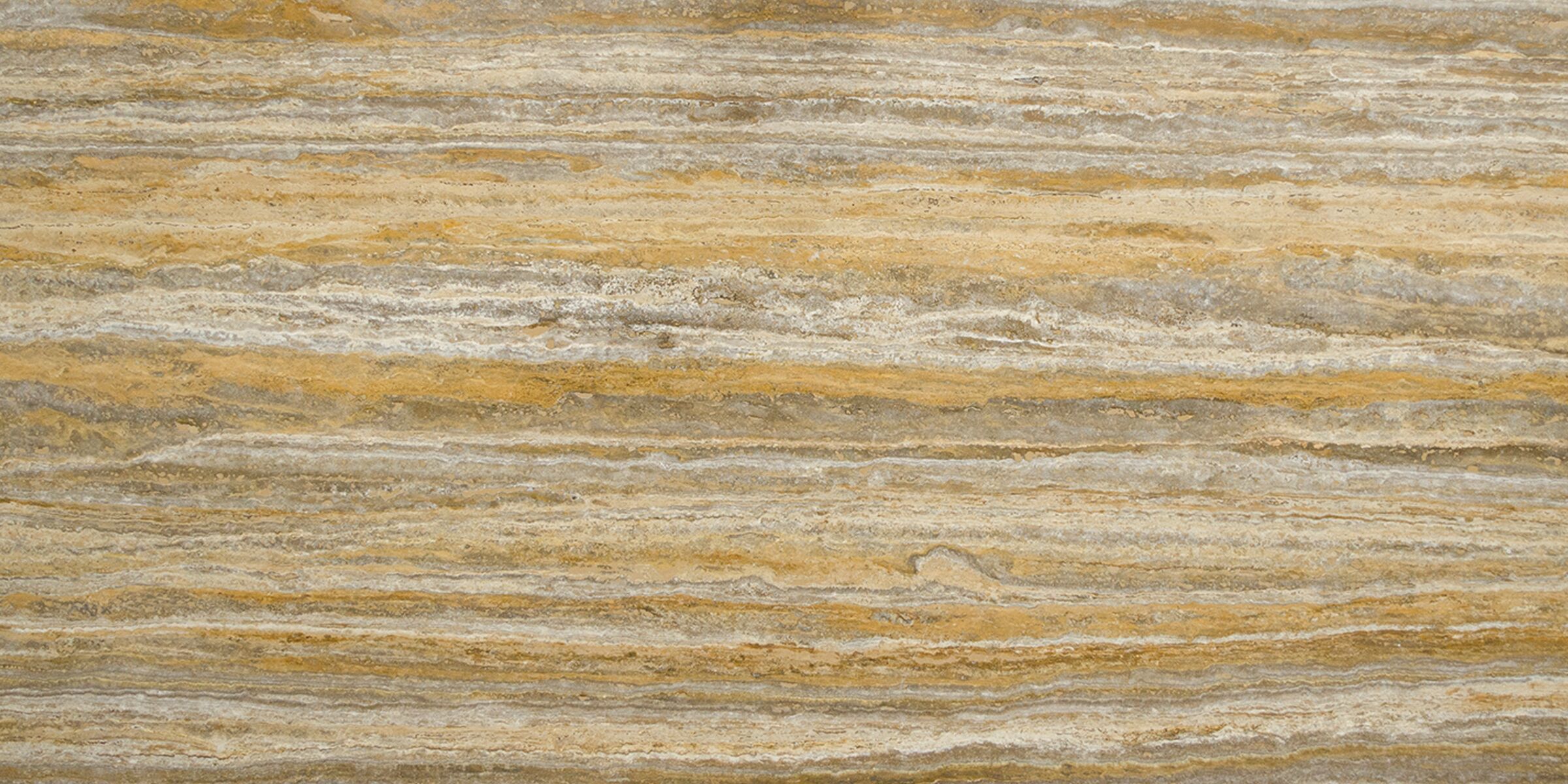When it comes to designing or renovating a fireplace, homeowners and designers must decide between using tiles or slabs as the finishing material. Both options have their own unique benefits and drawbacks, and ultimately, the best choice depends on the specific needs and preferences of the individual.
Tile fireplaces, made from small, individual tiles, offer a range of design possibilities. Tiles come in a variety of sizes, shapes, colors, and patterns, allowing for endless customization. They can be arranged in a mosaic pattern, used to create a focal point, or mixed and matched to create a unique, personalized look. In addition, tiles are generally easier to install and maintain than slabs, as they can be easily replaced if one becomes damaged or goes out of style.
On the other hand, slab fireplaces, made from large, continuous pieces of stone or marble, exude a sense of luxury and grandeur. Slabs offer a more cohesive, seamless look, and their smooth surface is easy to clean and maintain. They are also more resistant to cracks and chips than tiles, making them a more durable option. However, slab fireplaces can be more expensive to install, as they require precise measurements and specialized installation techniques. They are also more difficult to repair or replace if damage occurs.
In terms of heat resistance, both tiles and slabs are suitable for fireplace use, as long as they are properly installed and sealed. However, tiles may be more prone to cracking or breaking under extreme heat, and they may require more frequent sealing to protect against heat and stains. Slabs, on the other hand, are generally more resistant to heat and are less likely to require frequent sealing.
Ultimately, the decision between tile and slab fireplaces comes down to personal preference, budget, and the specific needs of the space. Both options can add beauty and value to a home, and the right choice will depend on the desired aesthetic, level of maintenance, and long-term goals of the homeowner.

